By Nicolle Spafford, DNR Urban Forestry Grant Manager
Nicolle.Spafford@wisconsin.gov or 715-896-7099
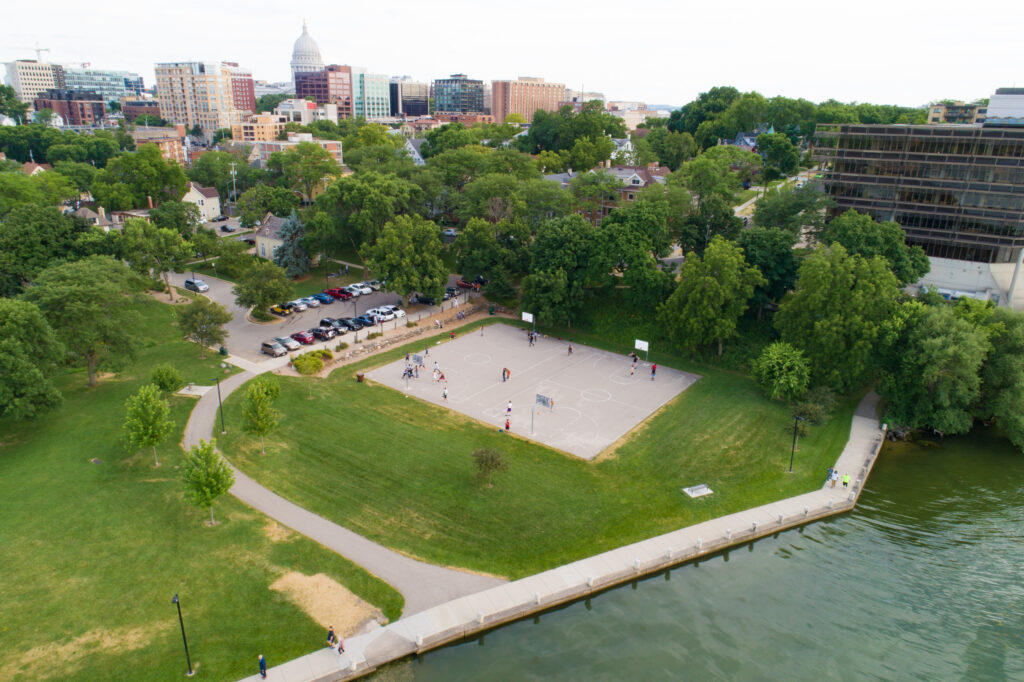 The Wisconsin Department of Natural Resources (DNR) today announced Urban Forestry Grant Program recipients for the 2026 grant year. The program helps fund projects consistent with state and national goals for increasing the urban forest canopy.
The Wisconsin Department of Natural Resources (DNR) today announced Urban Forestry Grant Program recipients for the 2026 grant year. The program helps fund projects consistent with state and national goals for increasing the urban forest canopy.
The Urban Forestry Grant Program is distributing almost $550,000 in grant funds. A dollar-for-dollar match puts the total estimated cost of these projects over $1.2 million. In total, 38 applications were selected to receive funding, with awards ranging from $2,128 to $25,000. Continue reading “2026 Urban Forestry Grants Announced”

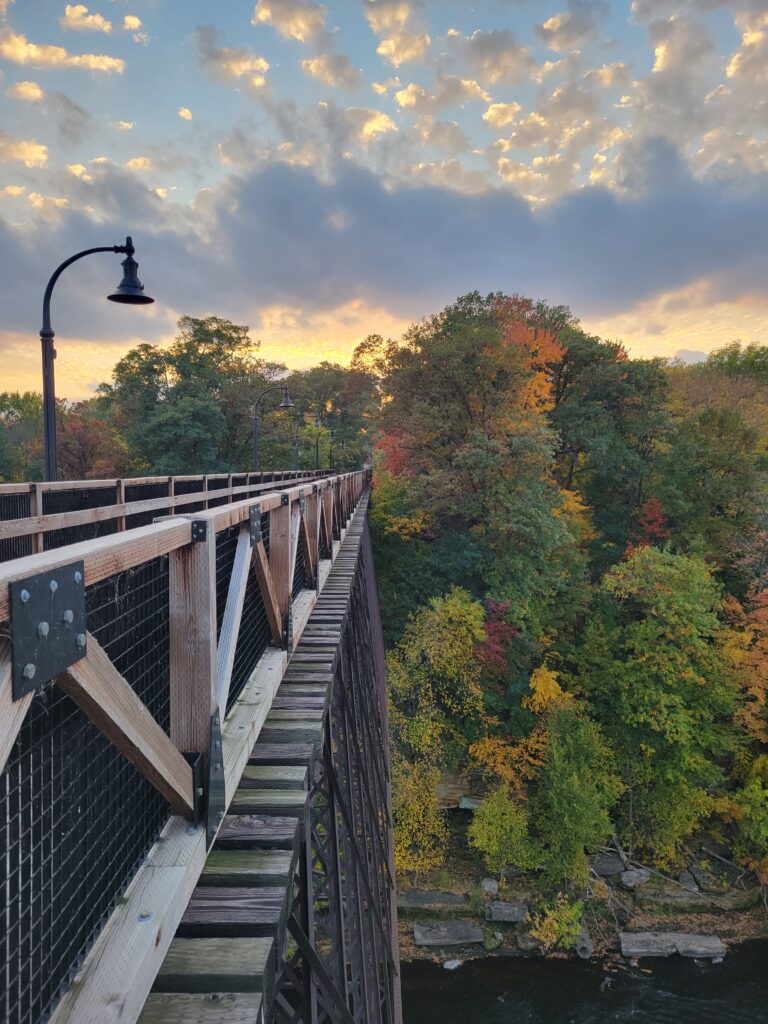 Trees are good. For those who hold trees in high esteem, this simple statement feels as much a universal truth as the sky being blue or the sun rising in the east. It can feel unfathomable that anyone might hold a contrasting opinion.
Trees are good. For those who hold trees in high esteem, this simple statement feels as much a universal truth as the sky being blue or the sun rising in the east. It can feel unfathomable that anyone might hold a contrasting opinion.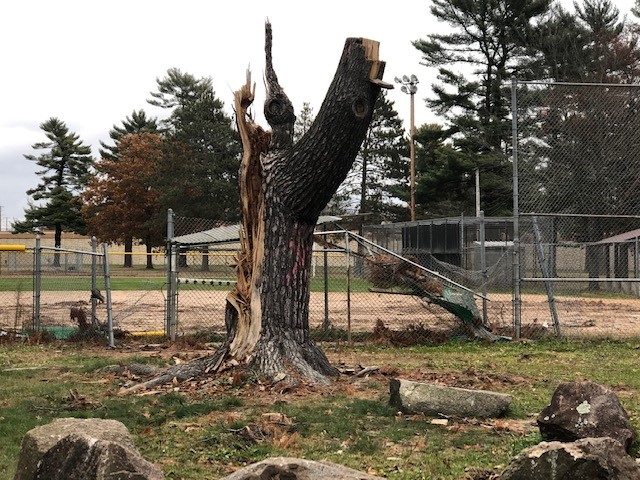 The Wisconsin Department of Natural Resources (DNR) has announced the recipients of the Urban Forestry Catastrophic Storm Grants to assist with damage sustained during severe storms that took place Aug. 9, 2025. Catastrophic storm grants range from $4,000 to $50,000 and do not require a dollar-for-dollar match. Grant funding was distributed among the following three communities:
The Wisconsin Department of Natural Resources (DNR) has announced the recipients of the Urban Forestry Catastrophic Storm Grants to assist with damage sustained during severe storms that took place Aug. 9, 2025. Catastrophic storm grants range from $4,000 to $50,000 and do not require a dollar-for-dollar match. Grant funding was distributed among the following three communities: 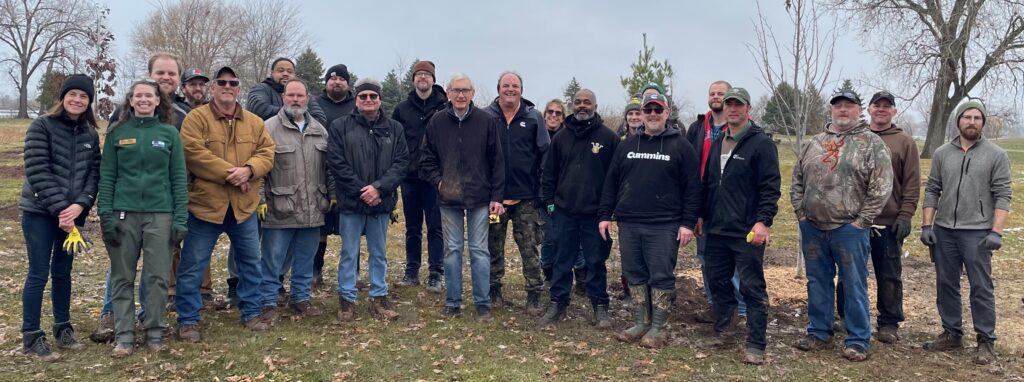
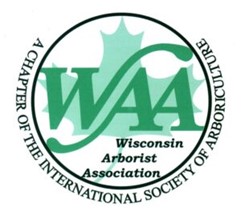 Join the Wisconsin Department of Natural Resources (DNR) and the Wisconsin Arborist Association (WAA) for the 2026 Wisconsin Annual Urban Forestry Conference. The conference will be held from Feb. 15 to 17 at the KI Convention Center in Green Bay.
Join the Wisconsin Department of Natural Resources (DNR) and the Wisconsin Arborist Association (WAA) for the 2026 Wisconsin Annual Urban Forestry Conference. The conference will be held from Feb. 15 to 17 at the KI Convention Center in Green Bay. 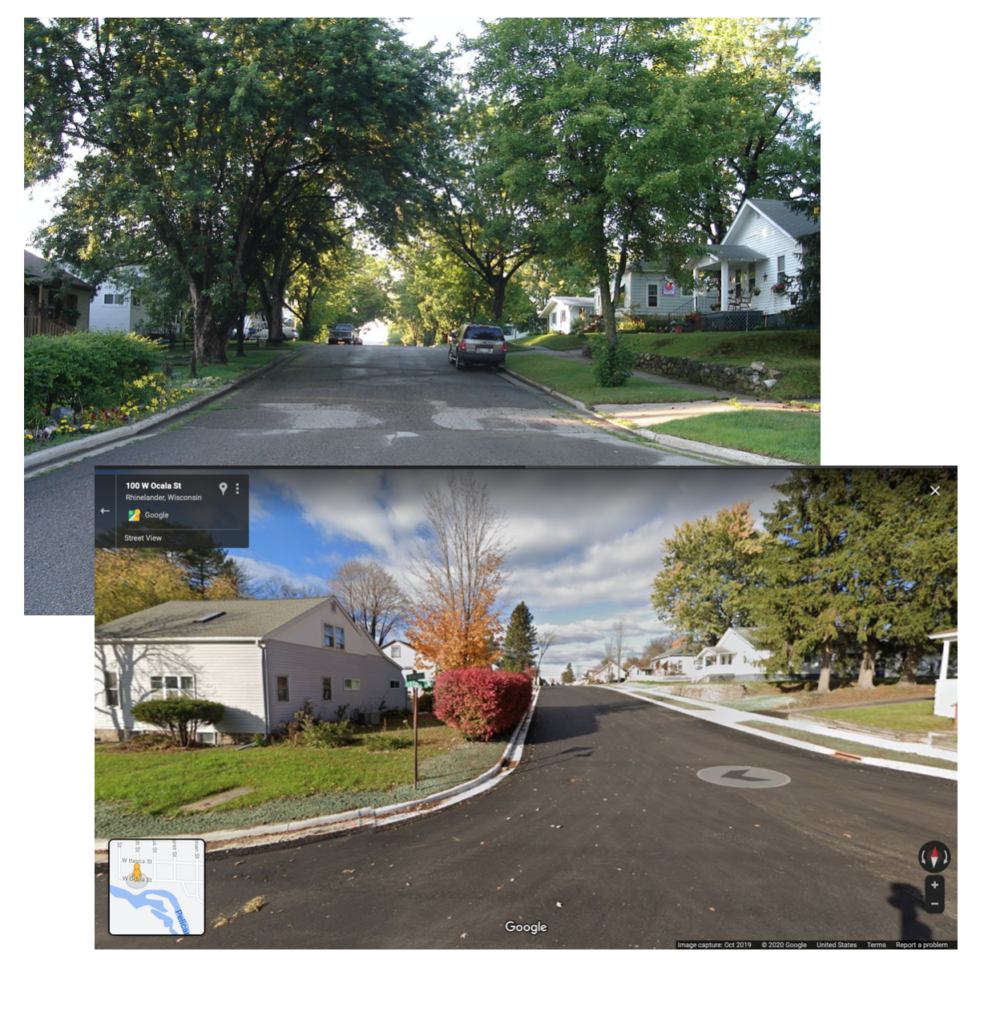
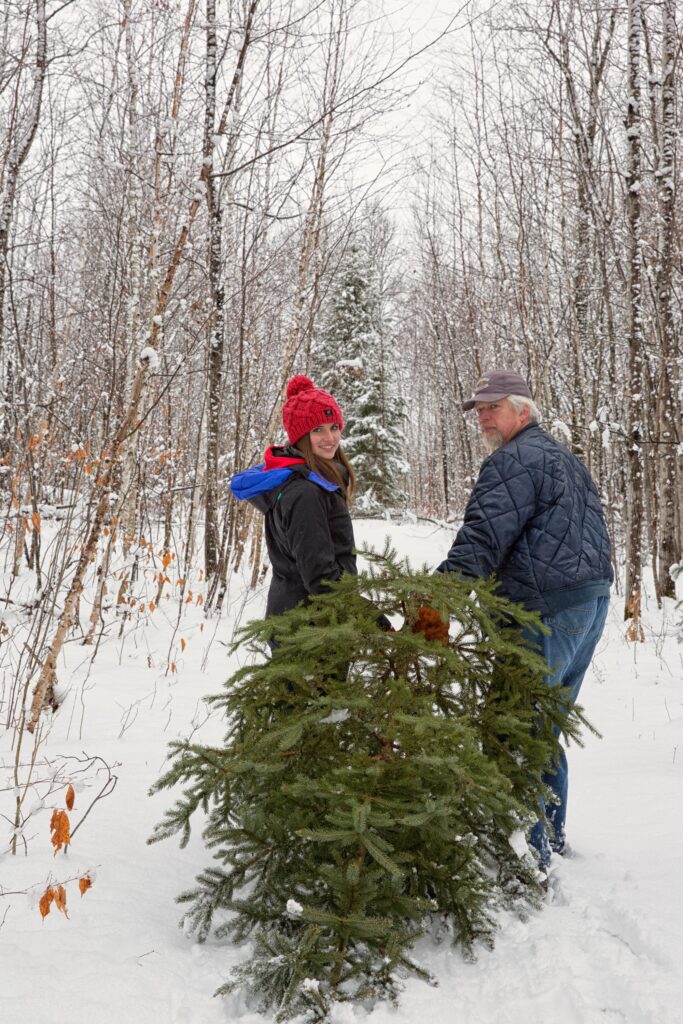 To say that working on a Christmas tree farm in high school led me into forestry would be a case of significant historical revisionism. Still, that experience swam in the same waters as reading Lord of the Rings, going on family vacations to the mountains, having a nearby municipal forest and other things that showed me that trees were the way.
To say that working on a Christmas tree farm in high school led me into forestry would be a case of significant historical revisionism. Still, that experience swam in the same waters as reading Lord of the Rings, going on family vacations to the mountains, having a nearby municipal forest and other things that showed me that trees were the way.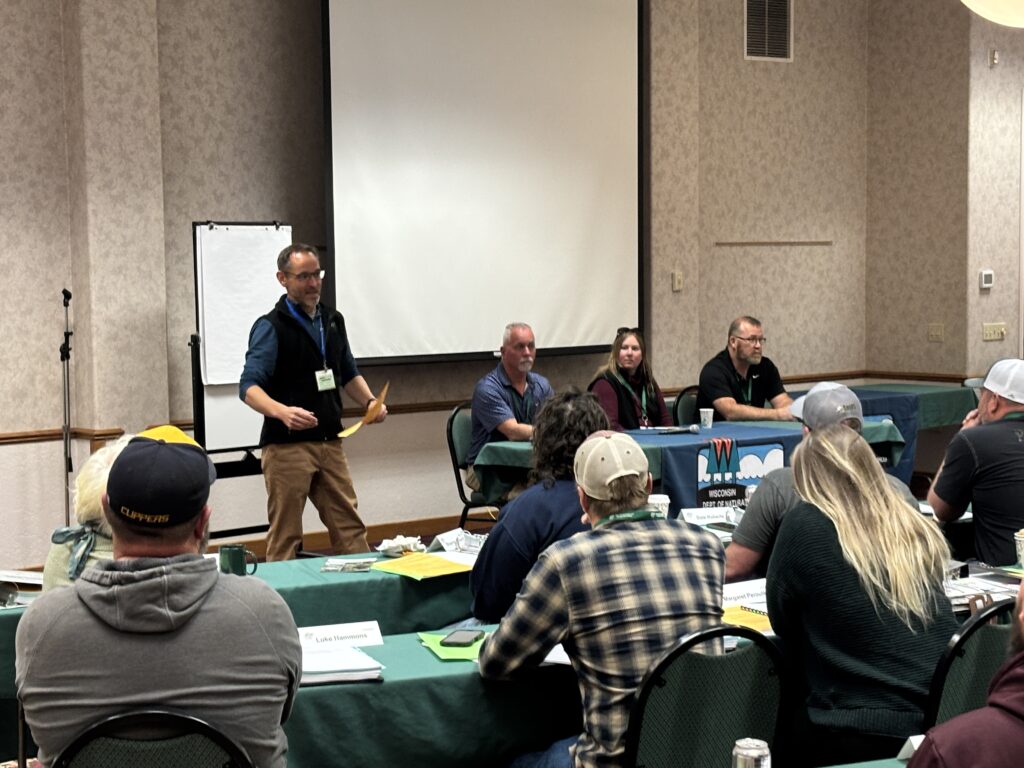 *These training opportunities are provided as an information service only and do not constitute an endorsement from the Wisconsin Department of Natural Resources (DNR).
*These training opportunities are provided as an information service only and do not constitute an endorsement from the Wisconsin Department of Natural Resources (DNR).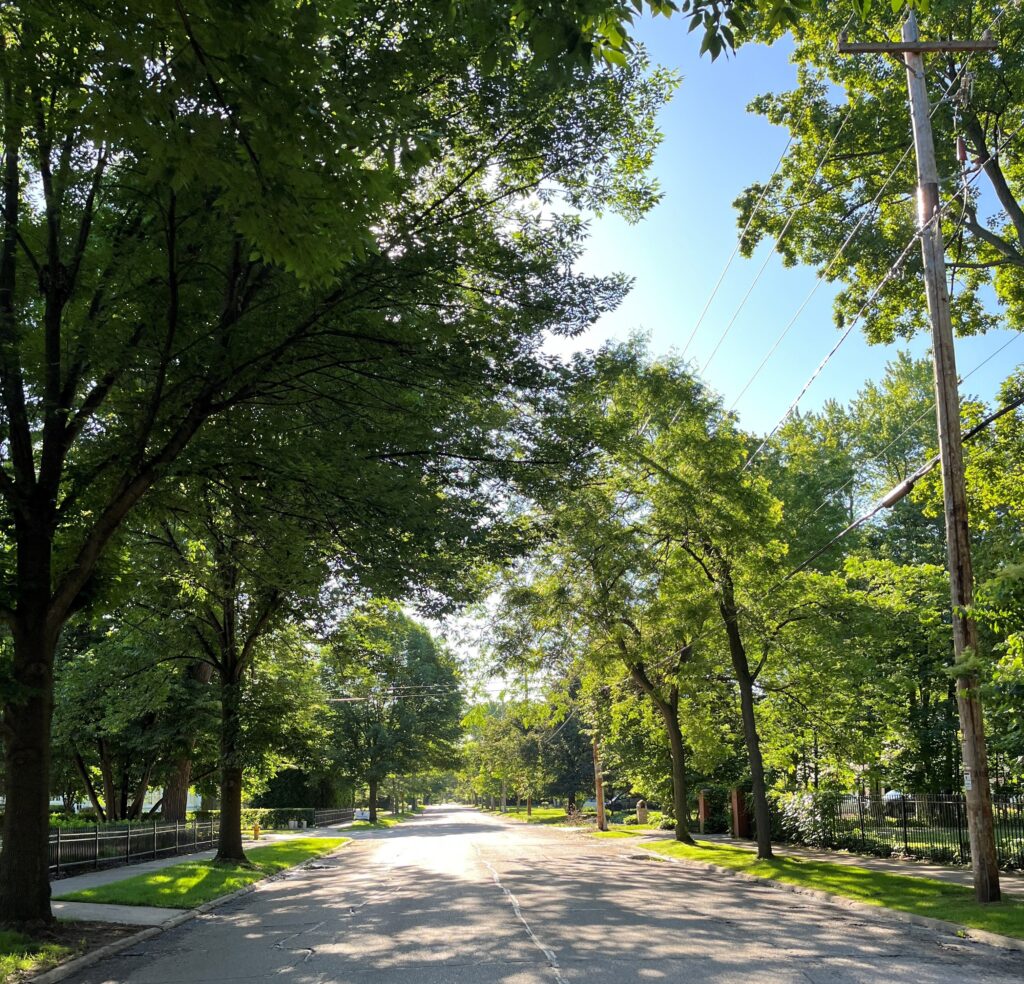 The 2026 Urban Forestry Grant application deadline was Oct. 1, 2025, and the Wisconsin Department of Natural Resources (DNR) received 71 applications, equaling over $1.1 million in funding requests. A total of $559,680 is available in grant funding for 2026.
The 2026 Urban Forestry Grant application deadline was Oct. 1, 2025, and the Wisconsin Department of Natural Resources (DNR) received 71 applications, equaling over $1.1 million in funding requests. A total of $559,680 is available in grant funding for 2026.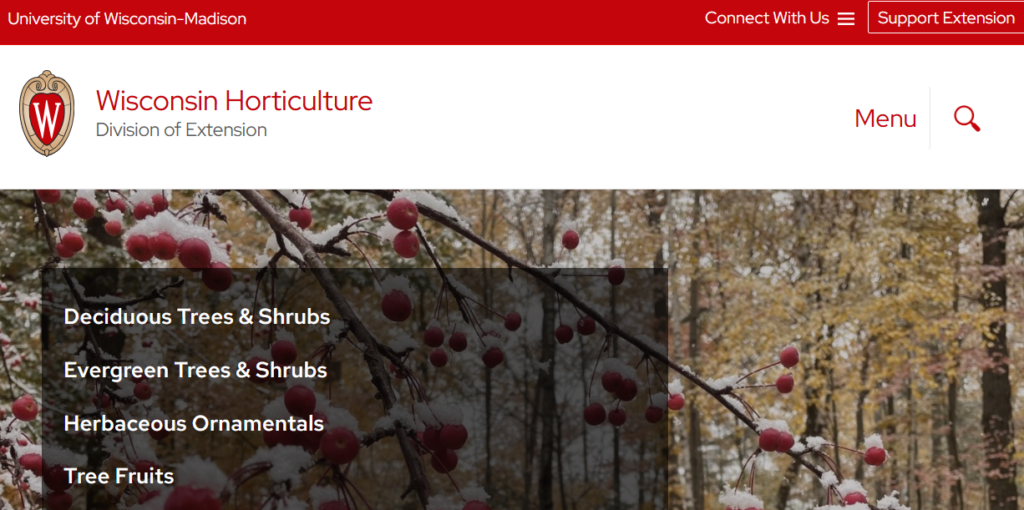 Reliable and up-to-date research-based information is vital for tree care professionals and urban foresters to make sound, scientific management decisions. To make trusted resources more accessible, UW-Extension’s
Reliable and up-to-date research-based information is vital for tree care professionals and urban foresters to make sound, scientific management decisions. To make trusted resources more accessible, UW-Extension’s